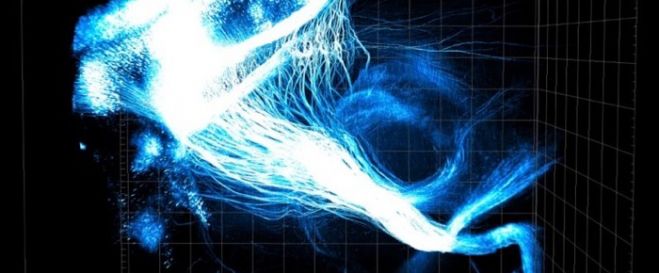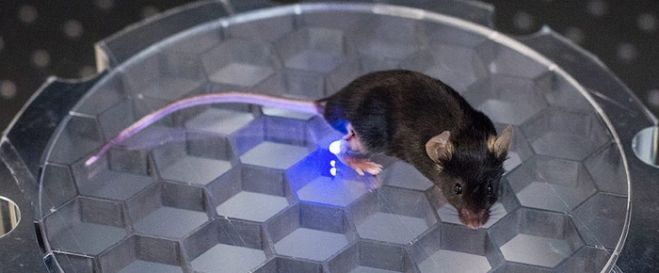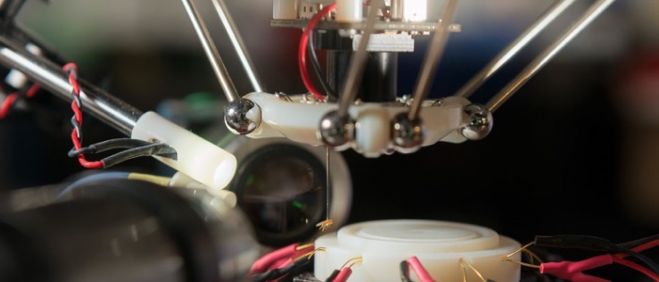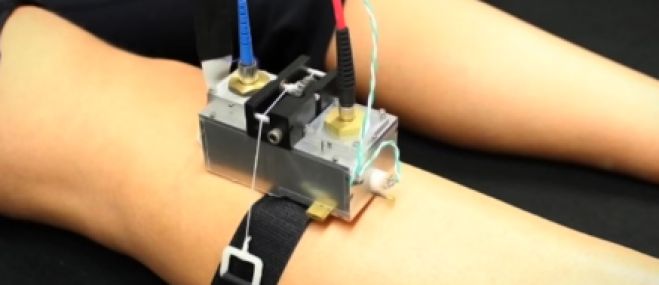- Published in Highlights
Stanford-Coulter Translational Research Grant Technologies
The Stanford-Coulter Translational Research Grants Program has produced a number of technologies through the projects that have been awarded grants. The links on the department website have become obsolete so we have added links to the Navigator equivalent here for use by Tech Scouts.







